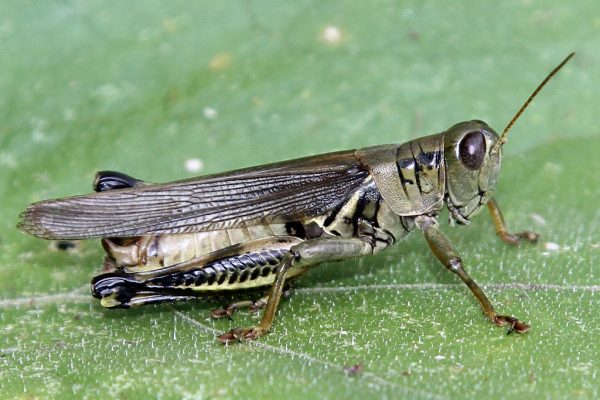
Credit: Jim, the photographer. CC Y 2.0
To reduce the risk of being eaten, prey animals may change their behavior (by staying hidden during certain hours, for example) and adapt physiologically. Although these responses help prey survive in the short-term, they also suppress their ability to move and reproduce.
By studying insect responses to the risk of predation, researchers at the Kellogg Biological Station trace the underlying mechanisms that help insects detect potential threats. In turn, researchers can manipulate cues in the environment to favor insect responses that suppress and contain their spread and growth.
Some mechanisms behind predator detection include visual and chemical cues that signal risk and contact with predators. From visual models that directly mimic an insect’s predator to the use of byproducts that indirectly allude to their presence, the researchers listed several ways to manipulate cues in an environment that create a “landscape of fear” for undesirable prey.
Simulating high-risk environments can create sustainable pest-repellant landscapes that provide alternatives to predator and pesticide use in agriculture ecosystems. To understand how different types of landscapes impact pest management dynamics, open-field, long-term study remains necessary.
Hermann, Sara L., and Douglas A. Landis. “Scaling up our understanding of non-consumptive effects in insect systems.” Current opinion in insect science 20 (2017): 54-60.










